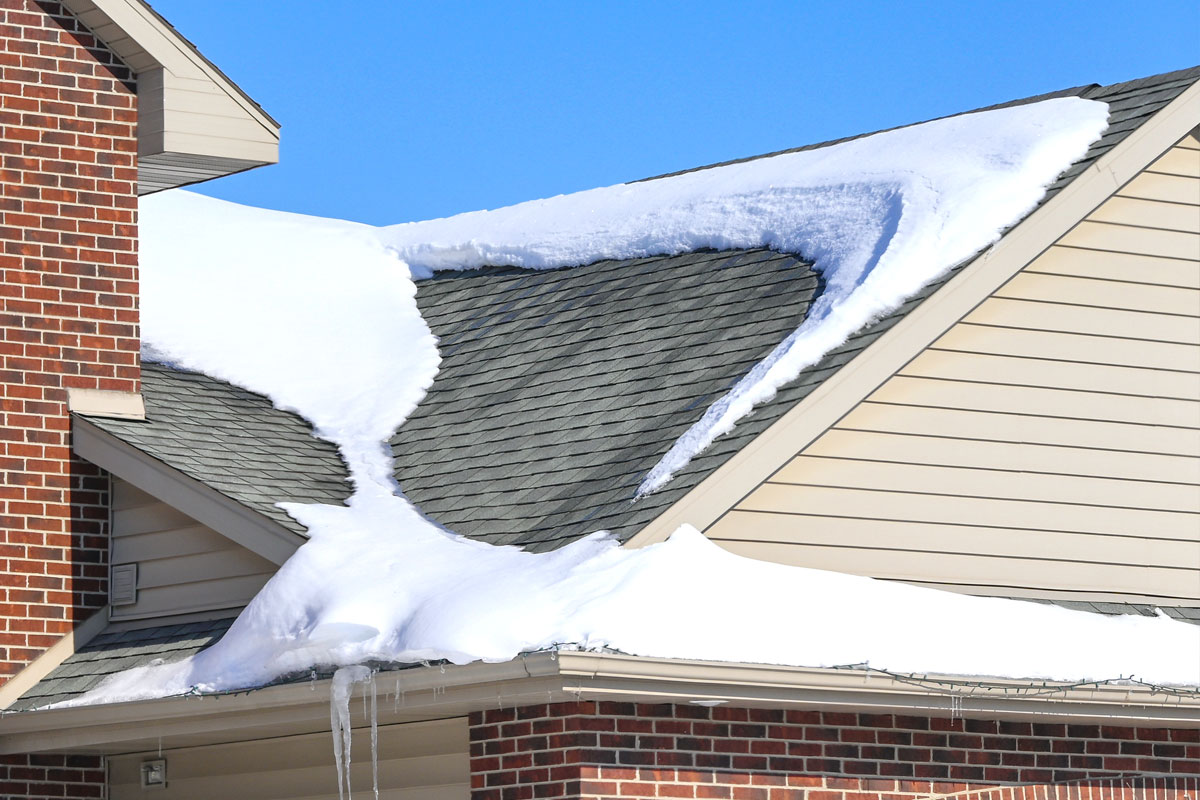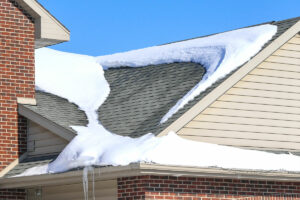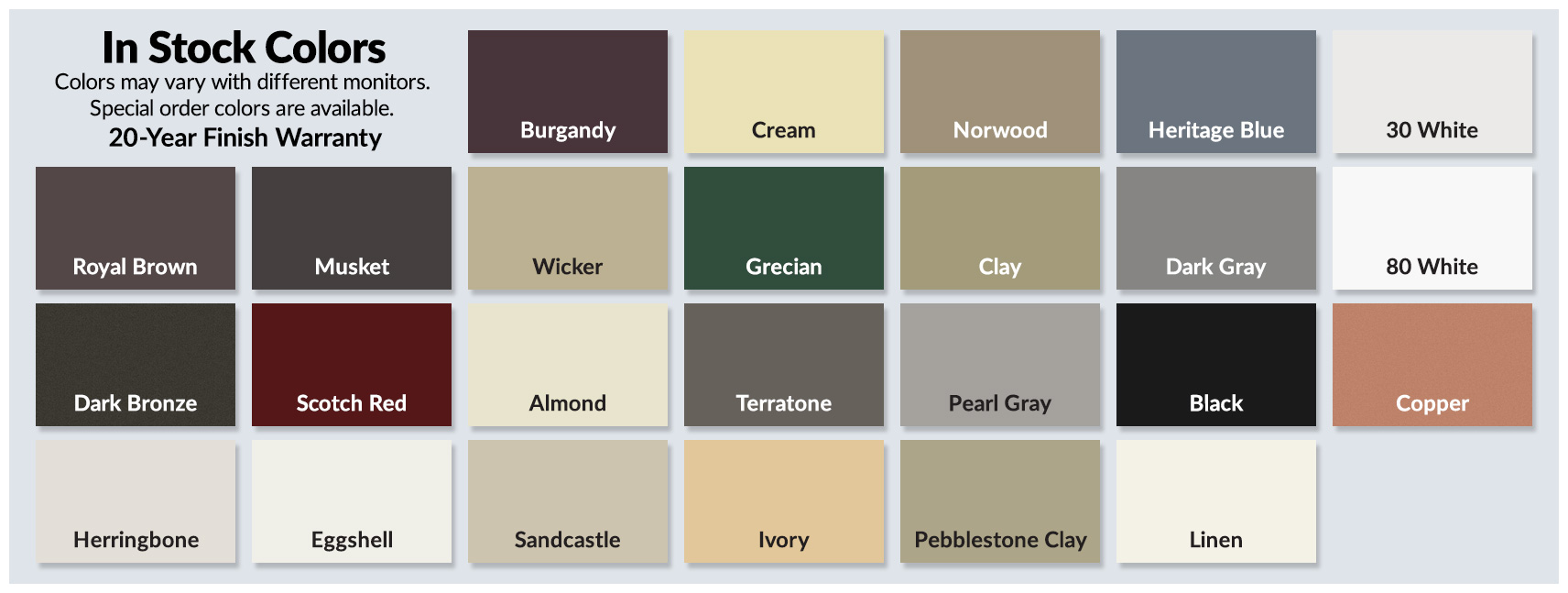
Your Roof in Winter: What Mother Nature is Telling You
 Your Roof in Winter: What Mother Nature is Telling You
Your Roof in Winter: What Mother Nature is Telling You
How much do you think about your roof in winter? Probably not much.
We’ve had those crazy winters where it snows so much we worry about the weight of the snow on our roofs. But that’s the exception, not the norm.
Winter weather actually provides homeowners with important clues about a roof’s condition. In fact, some of the signs that a roof is aging and needs attention are easier to see in the winter season than any other time of year.
What is Mother Nature telling us? Here are some things to look for.
1. Roofing Granule Loss
Yes, it is normal for your roof to shed granules. In fact, this occurs even with new roofs. But, an increase in granule loss, which you can often see better after a winter storm that includes high winds, is a sign that your roof is aging.
Recommendation: After a winter wind storm, head outside to look for signs of granule loss. If you see granules around your home, conduct a visual inspection of the roof (from the ground or a ladder but NEVER use a ladder in wet, snowy, or icy or other winter conditions). If you see large areas of bald spots, it may be time to call a central Pennsylvania roofing professional who can come to your home and tell you exactly how well your roof is aging.
2. Leaks
While it may be normal to see some roof granules outside, it is not normal to see water spots inside on your ceiling or walls. Even the smallest water spot can suggest that your roof is aging and in need of professional attention.
Just because you don’t have water stains on an interior surface such as a ceiling or a wall doesn’t mean you don’t have trouble brewing. It is wise to inspect your roof from the attic at least once a year. If there are water spots, wet insulation, or condensation in your attic, call a professional for an assessment.
3. Buckling or Curling Shingles
There are many causes for buckling or curling shingles including sub-par initial installation and poor ventilation, but buckling or curling shingles can also indicate age on a roof.
A curling shingle, which is a shingle that has a slight upward curl on a lower, outer corner, is definitely cause for concern because it means your roof is being exposed to the elements. Harsh winter conditions including high winds can not only cause curling but can contribute to the eventual breakdown of a roof by increasing exposure of the sub-roofing materials to moisture and ice.
A word about ponding water
Does ponding water occur in the winter months? In central Pennsylvania it does, particularly when we have winters where temperatures are above average for long periods of time. In fact, you may be more likely to see ponding water in these conditions, when winter weather delivers a bit of snow or ice followed by a rise in temperatures resulting in ponding.
Ponding water is common on a flat or low-slope roof. But just because it is common doesn’t mean it is acceptable. Ponding water is defined as water that sits in a defined section of your roof for more than 48 hours. Ponding water will rapidly age your roof and should not be ignored.
Conduct a visual inspection of low-slope sections of your roof, from the ground, throughout the winter months if it is a winter in which temperatures are rising and falling. If there are sections of your roof with ponding water for more than 48 hours, contact a roofing professional for a formal assessment before things get worse.
Your roof can reduce energy costs
Winter is a good time to pay close attention to your roof. A new roof can reduce energy costs by up to 30%. Consulting with a professional roofer before the summer heat arrives can help you get ahead of high cooling costs and start saving faster.
Call Century Home Improvements today for a free, no obligation roofing inspection.

